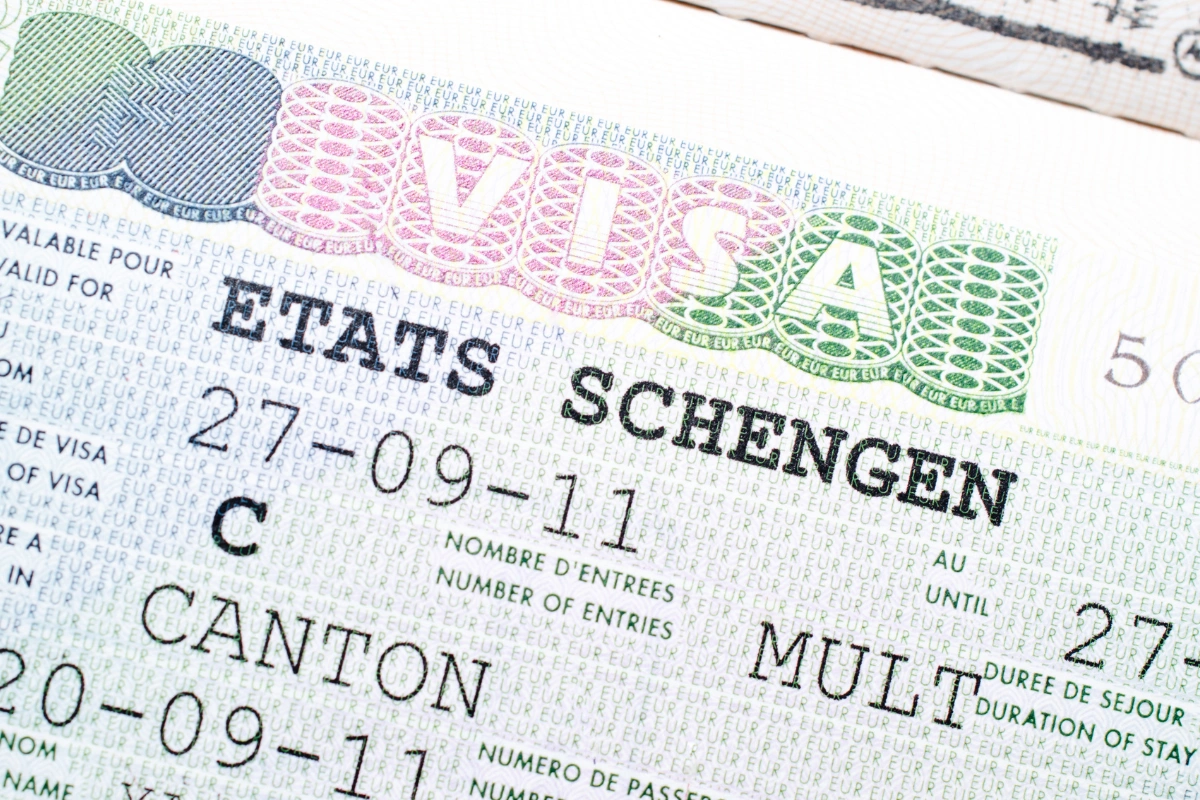Schengen visa simplified: Step-by-step guide for travellers
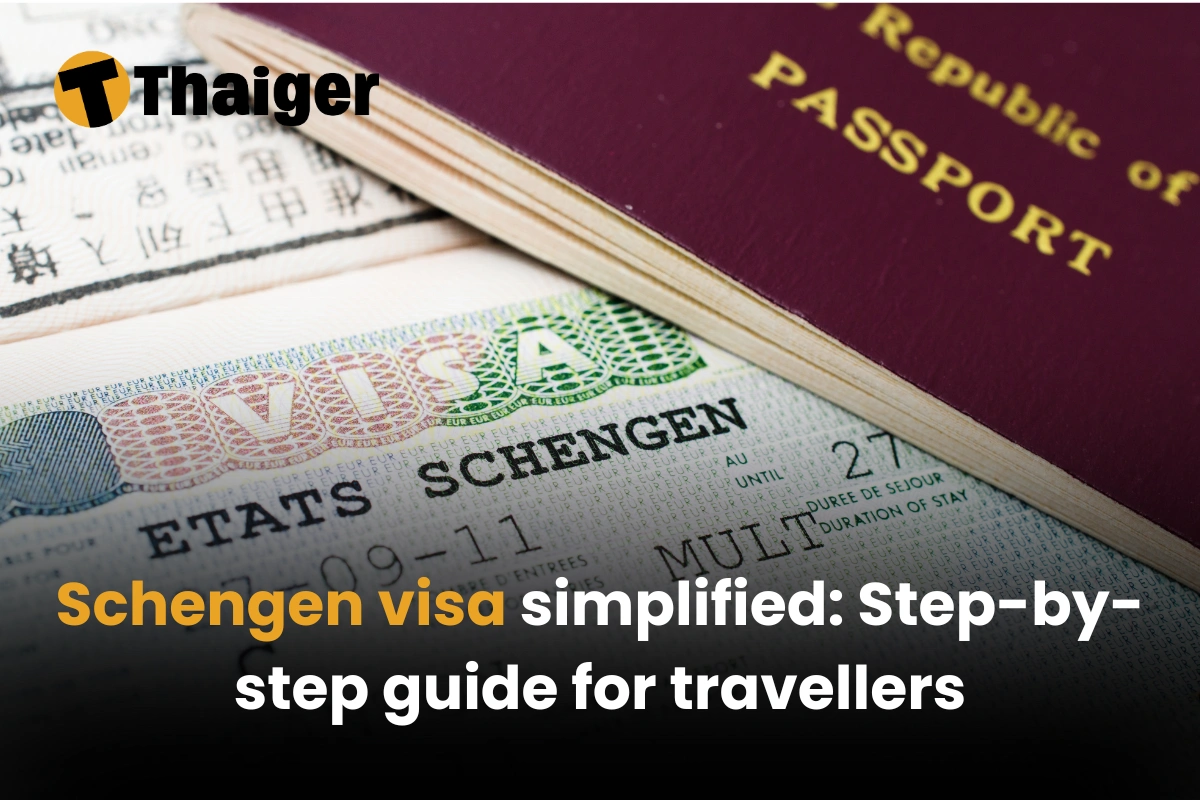
Dreaming of exploring Europe? A Schengen visa is your key to seamless travel across 26 countries. From sipping coffee in Paris to hiking the Alps or wandering ancient streets in Rome, this guide breaks down the process into simple, actionable steps to help you get started.
What is a Schengen visa?
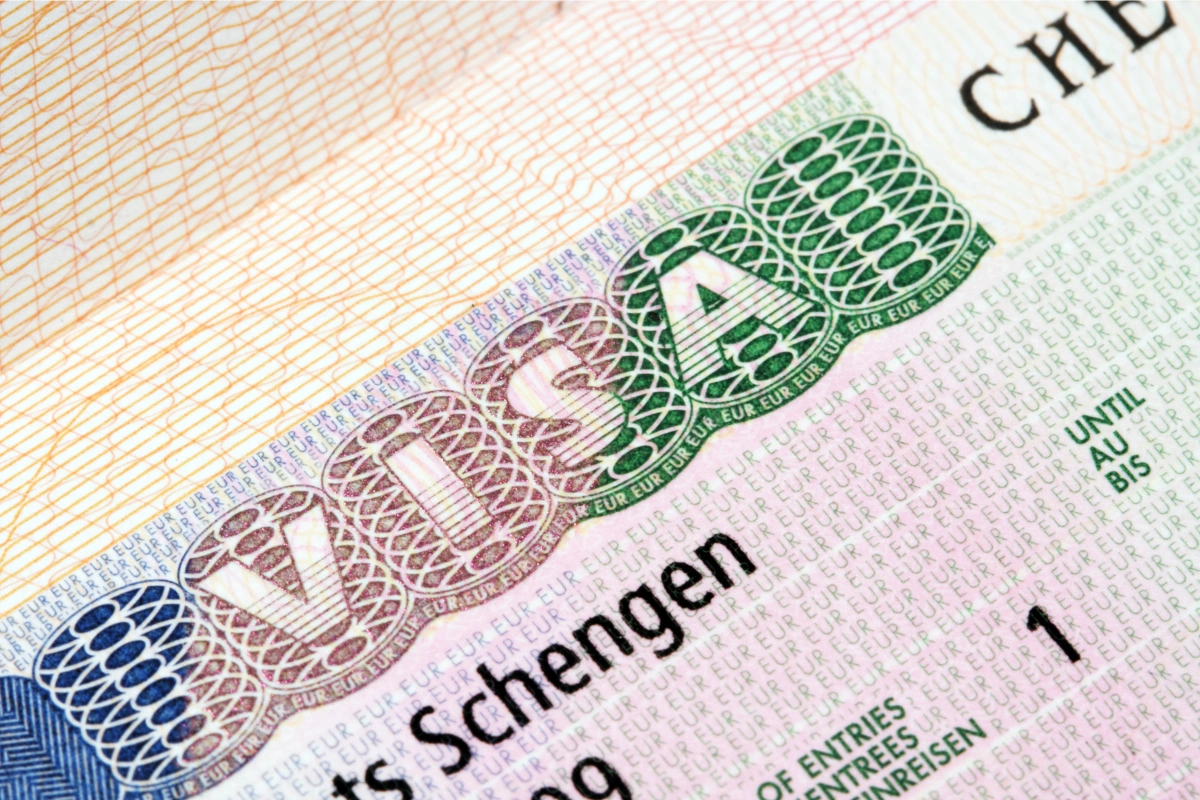
Applying for a Schengen visa
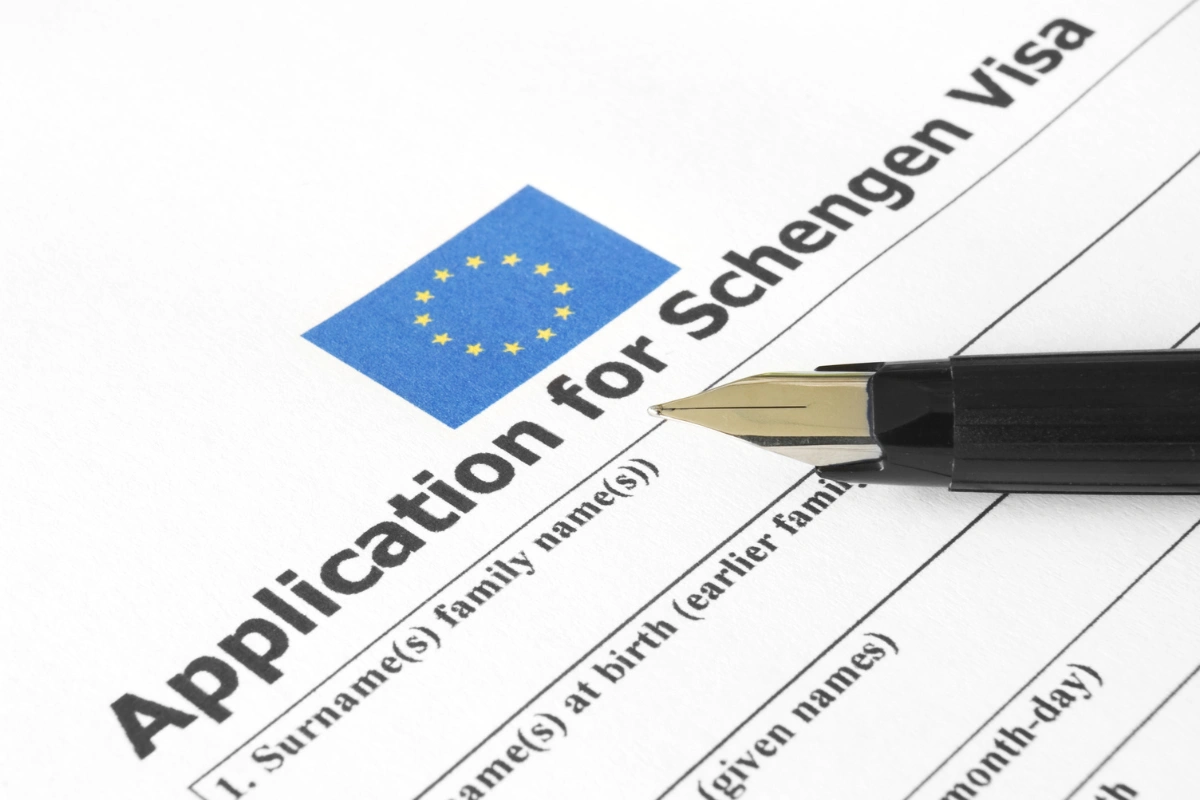
Applying for a Schengen visa requires following a few important steps to meet the regulations of the Schengen Area. Understanding the steps is key to ensuring a smooth and hassle-free application experience.
Who needs to apply for a Schengen visa?
Citizens of certain non-EU countries are required to apply for a Schengen visa when travelling to the Schengen Area. This requirement applies to those whose nations do not have a visa waiver agreement with the EU. The list of countries that require a visa can be found on official EU resources.
Where to apply for a Schengen visa
To apply for a Schengen visa, you must submit your application at the consulate or embassy of the country you plan to visit. Here’s a detailed breakdown of where to apply based on your travel plans:
- Single destination: If you’re visiting only one Schengen country, apply at that country’s consulate or embassy (e.g., for a trip to Germany, submit your application to the German consulate).
- Multiple destinations:
- Longest stay: Apply at the consulate of the country where you’ll spend the most time (e.g., if spending a week in France and three days in Italy, apply at the French consulate).
- Equal stay duration: If your stay is equal in all countries, apply at the consulate of the country you will enter first.
- Legal Residence: Always apply at the consulate responsible for your current place of legal residence.
This ensures your application is processed by the appropriate authority based on your travel plans and location.
Required documents
Provide biometrics
Since September 14, 2015, Schengen visa applicants aged 12 and older must provide biometric data, including fingerprints and a digital photo, when applying. This requirement applies to first-time applicants and those whose previous biometric data has expired.
Key points:
- Applicants must appear in person at a visa centre or consulate to provide biometrics.
- Fingerprints are not required for children under 12, those physically unable to provide them, or certain high-ranking officials.
- Biometric data is stored in the Visa Information System (VIS) for 59 months and can be reused for future applications during this time.
- Biometrics provided for D visas cannot be used for C visas and are not stored. Applicants must appear in person and provide biometrics every time they apply for a new D visa or a C visa after holding a D visa.
- This process enhances security, prevents identity theft, and reduces visa fraud.
Providing biometric data is mandatory, and applications without it will not be approved.
Visa fees
As of June 11, 2024, the costs for obtaining a Schengen visa have been updated. Here’s a simplified overview of the visa fees.
| Visa Category | Fee in EUR |
| Adults | €90 |
| Children aged 6-12 | €45 |
| Applicants from Armenia, Azerbaijan, and Belarus | €35 |
| Applicants from Cabo Verde | €67.50 |
| Children under 6 years old | Free |
Verify the details
Before submitting a Schengen visa application, it is important to verify all details carefully. Check that your passport number, personal information, and travel dates are correct on the application form. Ensure all required documents are complete, current, and meet the specific requirements of the Schengen country. Key points to review include:
- Passport validity and travel insurance coverage
- Accuracy of hotel reservations and flight details
- Completeness of financial documents and invitation letters (if needed)
- Photos that meet visa requirements
Even small mistakes or missing information can cause delays or rejection. If unsure about any part of the process, consult the embassy or a trusted visa service for help.
Processing timelines for Schengen Tourist visa
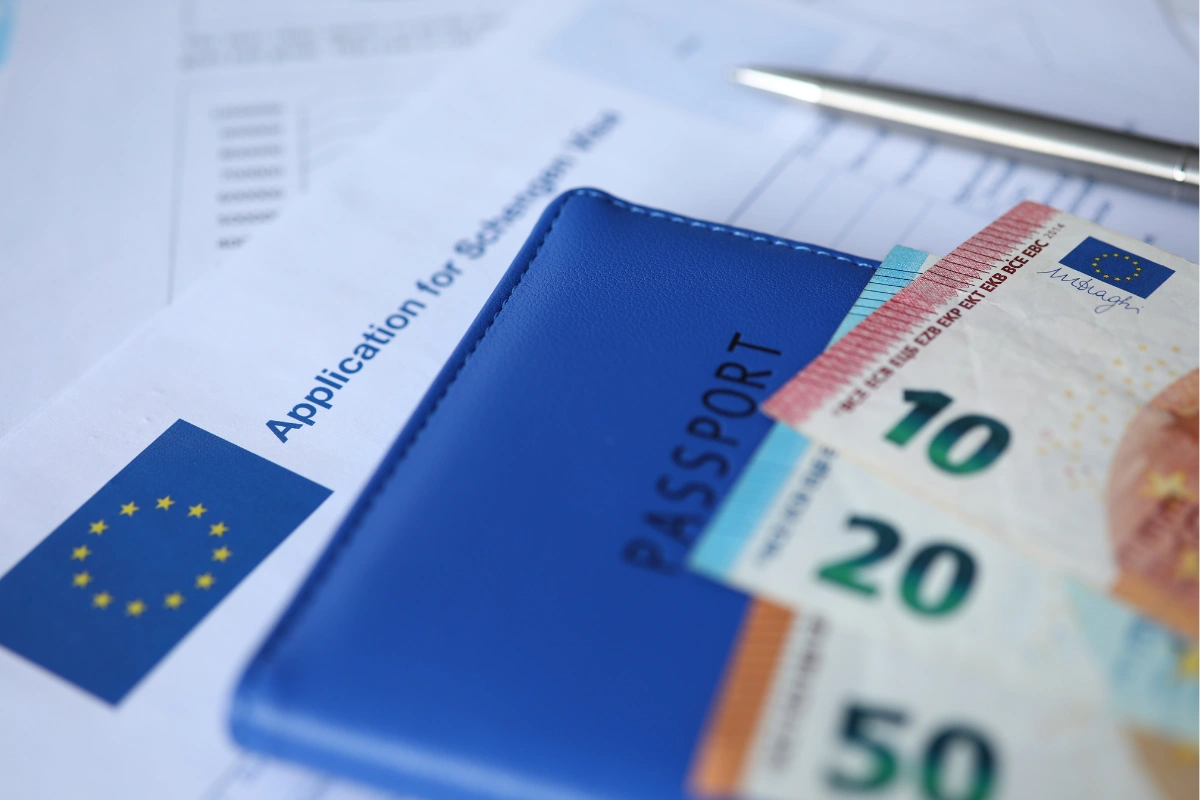
- Processing Time: Schengen visa applications are typically processed within 15 calendar days. However, this may extend to 45 days if additional checks or documents are needed.
- Application Timeline: Applications must be submitted at least 15 days before travel and no earlier than 6 months in advance.
- Factors Affecting Processing: Processing times can vary based on application volume and individual circumstances.
- Expedited Processing: Family members of EU or EEA citizens may qualify for faster processing under certain conditions.
- Rejections and Appeals: If a visa application is denied, applicants will receive the reasons for refusal and instructions on how to appeal.
A Schengen visa allows non-EU nationals to travel across 29 European countries for short stays, simplifying movement within the Schengen Area. Applicants must provide key documents, including a valid passport, proof of travel insurance, financial means, and a travel itinerary, along with biometric data for those aged 12 and older.
Visa types vary based on travel needs, such as short-term, transit, or long-term visas, and applications should be submitted to the appropriate consulate based on the travel plan. Processing times typically range from 15 to 45 days, and applicants should carefully verify all details to avoid delays or rejections.
For travellers planning extended stays in Thailand or needing additional flexibility, understanding visa extensions can be equally important. Learn more about extending your tourist visa in Thailand by exploring this comprehensive guide: How to Extend Your Tourist Visa in Thailand.
Latest Thailand News
Follow The Thaiger on Google News:
